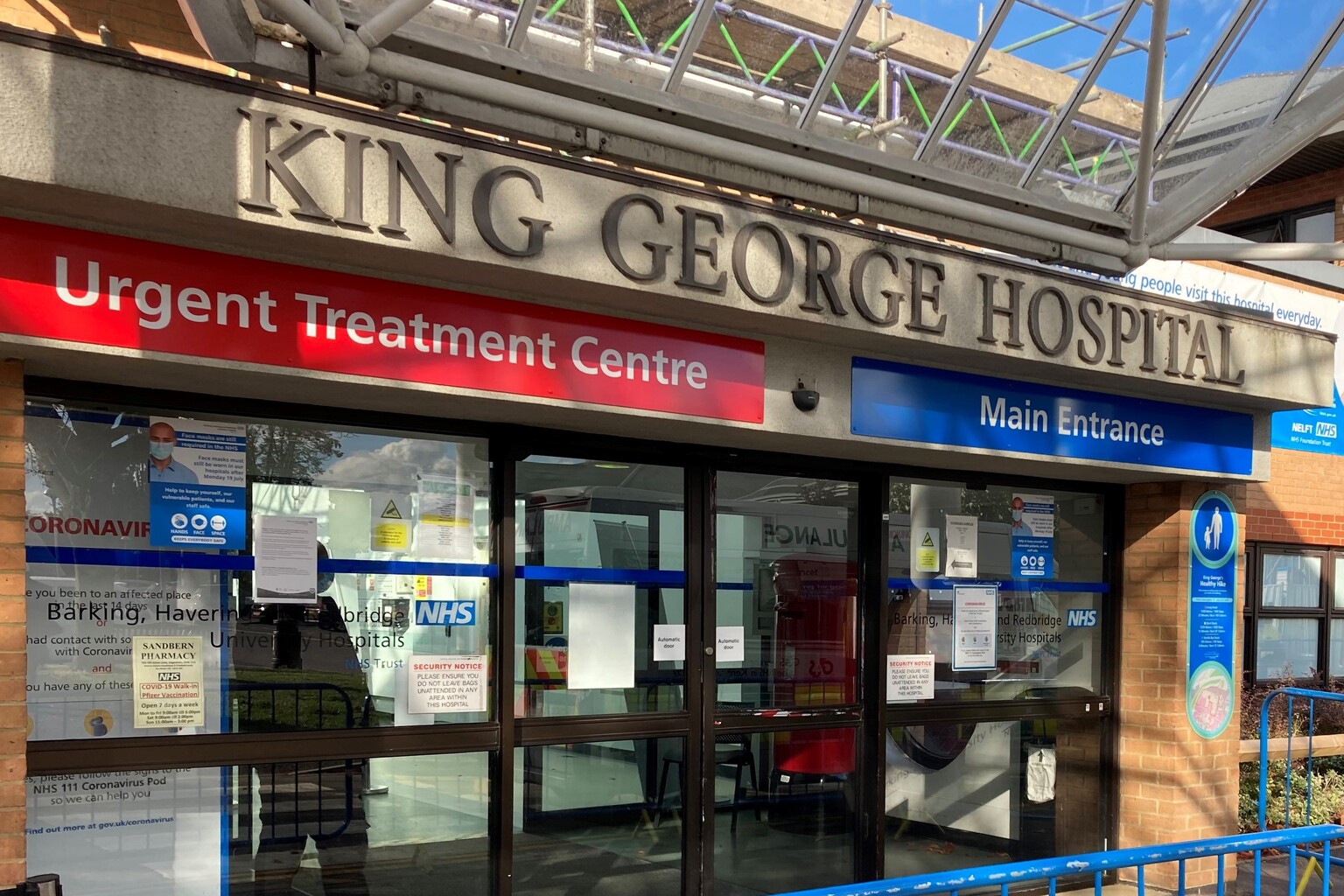While every day in residency brings new challenges and learning opportunities, your day-to-day schedule on any given rotation will follow the same general pattern. If you’re a medical student, you may be wondering what to expect. Here’s a look at a day in the life of a resident who is on an internal medicine inpatient day rotation.
6 a.m.: The day begins
When you wake up depends on several factors, including your residency program, the rotation you’re on and how far you must commute to get to the hospital. That said, most internal medicine residents on standard inpatient rotations wake up somewhere between 5:30 and 6:30 a.m. and aim to get to the hospital by 7 a.m. to start their shifts.
7-7:30 a.m.: Sign-out
After arriving at the hospital, you begin your shift with sign-out, which is when you discuss the patients under your care with the overnight resident. Key information, including any interventions that were undertaken overnight and any concerns that the overnight resident has regarding the health of any of your patients, is conveyed to you now. You also hear about any new overnight admissions who will now be under your care.
The importance of sign-out cannot be overstated, as this information can help provide structure for the rest of your day. If one patient is in particularly tenuous condition, for example, you’ll want to be sure to see them first.
7:30-9 a.m.: Pre-rounds
After sign-out, you’ll spend a few minutes looking up your patients in the electronic medical record (EMR), paying attention to their vital signs, any new notes that have been written by other providers and the results of any tests that were performed overnight. After you have reviewed each of your patients, including any new overnight admissions, you’ll see each one. Usually, you spend a few minutes updating each patient on any changes to their medical management plan and perform a physical exam.
The order in which you complete these morning tasks is flexible. While I generally liked to be familiar with all of the new information in the EMR before I saw my patients, it may be advisable to see a patient immediately if you learn of an urgent issue during sign-out.
If you’re on the admitting team, you’ll be responsible for admitting new patients throughout the day. As patients are admitted, you’ll be asked to see them, write admission orders and create new histories and physicals in the EMR.
9-11 a.m.: Rounds
Rounds generally have two components: attending and interdisciplinary. During attending rounds, you and your team discuss all of the patients on your service with your attending physician. All medical management plans are reviewed and updated. You’ll likely see any new admissions again with your attending.
During interdisciplinary rounds, the medical team reviews the tentative discharge plan for each patient with other members of the care team, including nurses, pharmacists and social workers. Interdisciplinary rounds give these crucial members of the team guidance in their efforts to assist in medical and discharge planning.
Want practical advice for your internship year? Check out The Washington Manual Internship Survival Guide!
11 a.m.-12 p.m.: Time to work
After rounds, you start completing your tasks for the day. You’ll likely call any consults you discussed on rounds, order any necessary tests, or review any new test results. You may also begin or complete discharge paperwork for patients who are scheduled to leave the hospital later in the day. If you have time, you can also begin your notes, as you’ll need to complete a daily note for each of your patients.
12-1 p.m.: Noon conference
During this daily hour of resident education, a lecturer discusses a topic pertinent to the proper care of your patients. Many, though not all, residency programs provide their residents with lunch at noon conference. Some programs provide an additional hour of resident education before rounds, which is known as “morning conference.”
1 p.m.-5 p.m.: Time to work
After noon conference, you’ll have time to complete your remaining work for the day. In addition to the items mentioned above, you’ll also prepare and update a list of your patients. This list provides the long-call and overnight residents with tasks to complete after you leave the hospital for the day. While many residency programs typically allow their day residents to sign out at 5 p.m., the precise time varies by program.
5 p.m.: The shift ends
Before you leave the hospital, you sign your patients out to the long-call resident. As in the morning, sign-out is a critical process in which you discuss the tasks that need to be completed for each patient overnight and any concerns you may have. After you’ve completed sign-out, you may leave for the day.
Every three to five days, depending on your residency program, you yourself will be on a long-call shift. During this time, you’ll remain at work until later in the day (most programs allow their long-call residents to sign-out to the overnight resident between 6:30 and 8 p.m.). After other residents sign-out to you and before you sign-out to the overnight resident, you cover 20 to 40 patients.
5-10 p.m.: Free time
Of course, you’re free to spend your time outside of the hospital as you please. I try to exercise and decompress with family and friends regularly. That said, you may also want to study and pursue research activities during your free time.
10 p.m.-6 a.m.: Sleep
No matter how it goes, a day in the life of a resident is tiring, both physically and mentally. While you’re unlikely to consistently get eight hours of sleep, you’ll quickly learn to maximize the amount of sleep you get each day.
Again, while this is an example of a resident’s schedule, you’ll find that each day is different, in some way, from the last. Regardless of your exact day-to-day, patience, flexibility and good time management skills will serve you well as you start your career.


